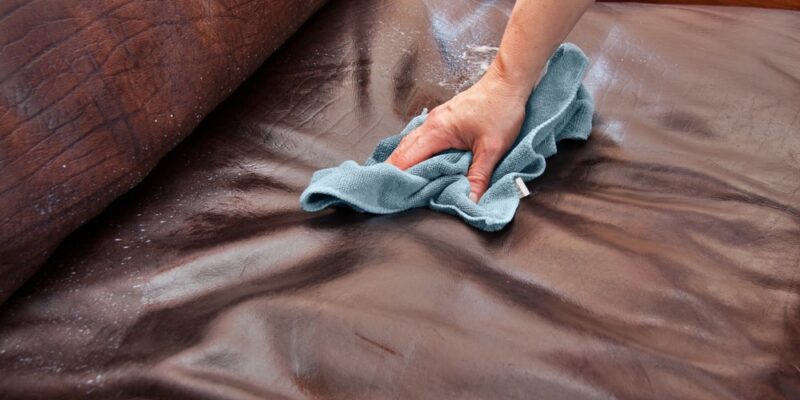
Welcome to our comprehensive guide on leather sofa repair. Whether you’ve recently noticed a tear, scratch, or discoloration on your beloved leather sofa, or you’re simply interested in learning how to maintain and repair leather furniture, you’ve come to the right place. In this guide, we’ll cover everything from identifying common issues to providing step-by-step instructions on how to effectively repair and restore your leather sofa to its former glory.
Understanding Common Leather Sofa Issues
Before diving into the repair process, it’s essential to understand the common issues that can arise with leather sofas. From minor scratches to major tears, leather furniture is susceptible to various forms of damage over time. Some of the most common issues include:
Scratches and Scuffs
Scratches and scuffs are perhaps the most prevalent forms of damage seen on leather sofas. These can occur from everyday use, such as pets jumping on the furniture or moving items across the surface. While minor scratches may add character to the leather, deeper gouges can be unsightly and require repair.
Tears and Rips
Tears and rips can occur due to accidents, sharp objects, or excessive wear and tear. These damages can be particularly challenging to repair, especially if they are large or located in a prominent area of the sofa.
Discoloration and Fading
Over time, leather can become discolored or faded, especially in areas exposed to sunlight or heat. This can detract from the overall appearance of the sofa and may require specialized treatment to restore the leather’s color and luster.
Steps to Repair Leather Sofa
Repairing a leather sofa requires careful attention to detail and the use of the right tools and techniques. Follow these steps to effectively repair common issues:
Step 1: Clean the Surface
Begin by thoroughly cleaning the surface of the leather sofa using a mild soap or leather cleaner. Gently remove any dirt, grime, or stains using a soft cloth or sponge. Allow the leather to dry completely before proceeding to the next step.
Step 2: Assess the Damage
Carefully examine the sofa to identify any scratches, tears, or discoloration. Note the severity of the damage and determine the best course of action for repair. Minor scratches may only require a touch-up, while larger tears may need to be patched or stitched.
Step 3: Repair Minor Scratches
For minor scratches and scuffs, use a leather conditioner or repair kit to fill in the damaged area. Apply the conditioner or filler using a clean cloth, following the manufacturer’s instructions carefully. Allow the product to dry completely before buffing the area with a soft cloth to blend the repair seamlessly.
Step 4: Patch Tears and Rips
For tears and rips, use a leather patch kit to cover the damaged area. Trim the patch to fit the size and shape of the tear, then apply adhesive to the back of the patch and press it firmly onto the leather. Allow the adhesive to dry completely before gently sanding the edges of the patch to blend it with the surrounding leather.
Step 5: Restore Color and Luster
If the leather has become discolored or faded, use a leather dye or color-restoration product to restore its original color and luster. Apply the dye or restoration product using a clean cloth or sponge, following the manufacturer’s instructions carefully. Allow the product to dry completely before buffing the leather to a smooth, shiny finish.
Maintaining Your Leather Sofa
Once you’ve repaired your leather sofa, it’s essential to take steps to maintain its appearance and prolong its lifespan. Here are some tips for leather sofa maintenance:
- Regular Cleaning: Clean your leather sofa regularly with a mild soap or leather cleaner to remove dirt, dust, and grime.
- Avoid Sunlight: Place your leather sofa away from direct sunlight to prevent fading and discoloration.
- Use Leather Conditioner: Apply a leather conditioner every few months to keep the leather soft, supple, and hydrated.
- Avoid Harsh Chemicals: Avoid using harsh chemicals or abrasive cleaners on your leather sofa, as these can damage the surface.
- Handle with Care: Be gentle when moving furniture or placing items on your leather sofa to avoid scratches and scuffs.
By following these maintenance tips and addressing any issues promptly, you can keep your leather sofa looking beautiful for years to come.
Conclusion
Repairing a leather sofa may seem daunting, but with the right tools, techniques, and know-how, it’s entirely possible to restore your furniture to its former glory. Whether you’re dealing with minor scratches or major tears, taking the time to repair and maintain your leather sofa can extend its lifespan and keep it looking great for years to come.









